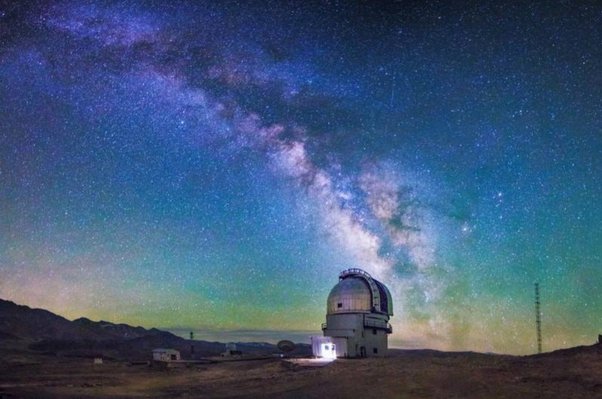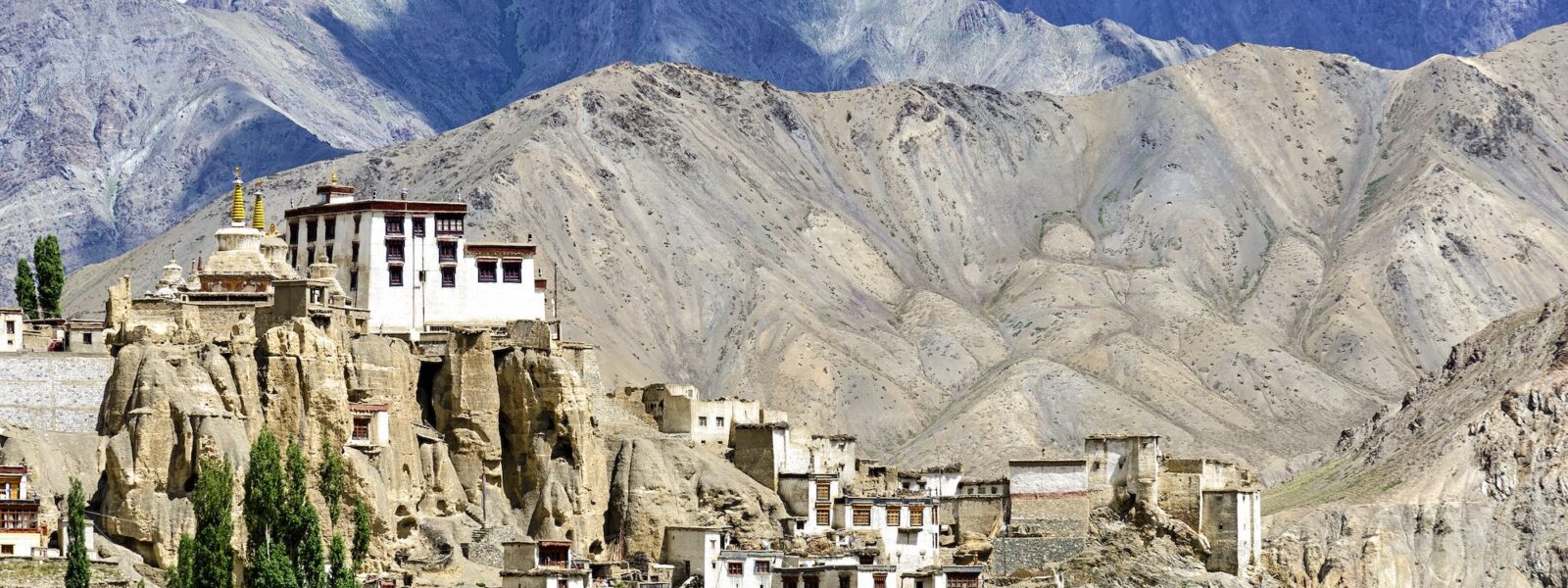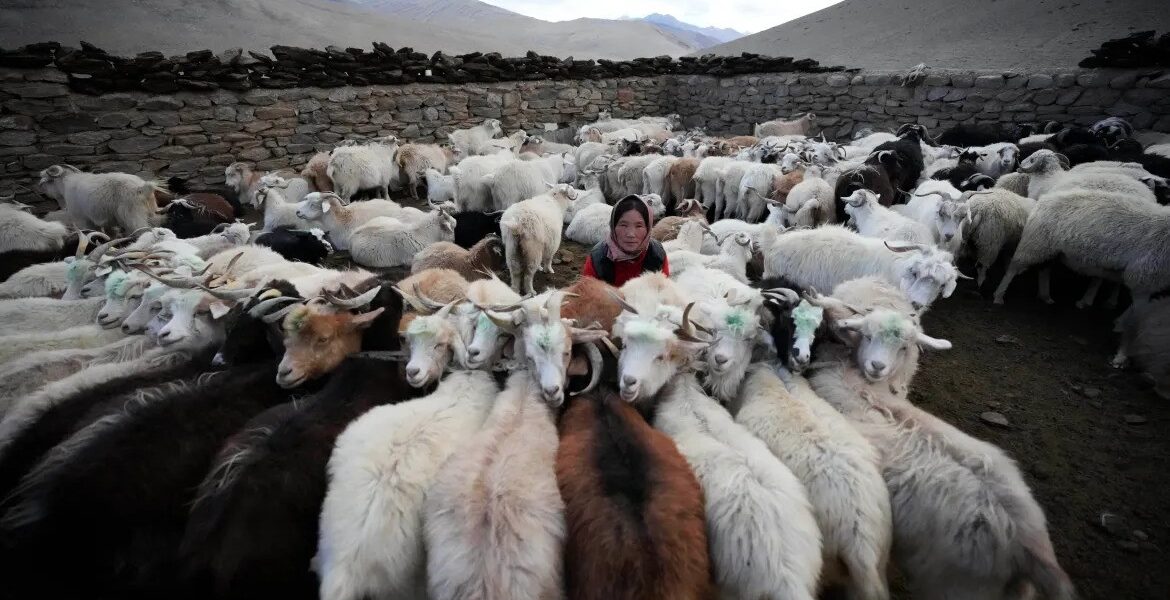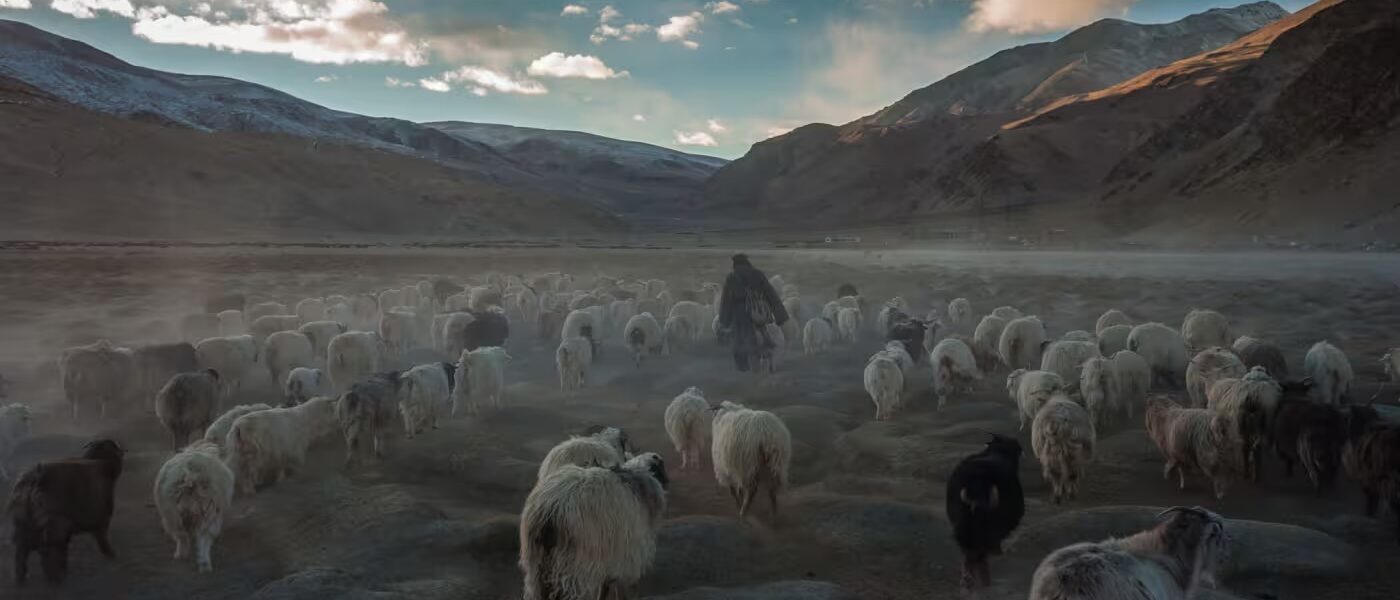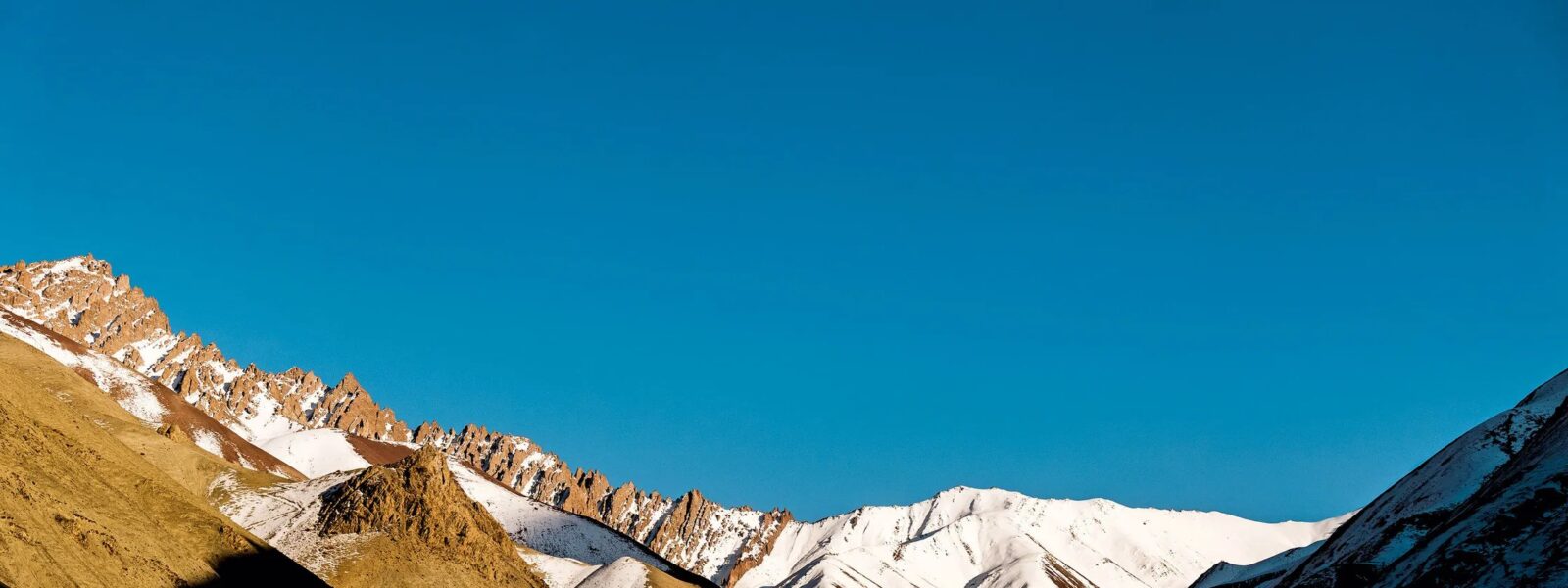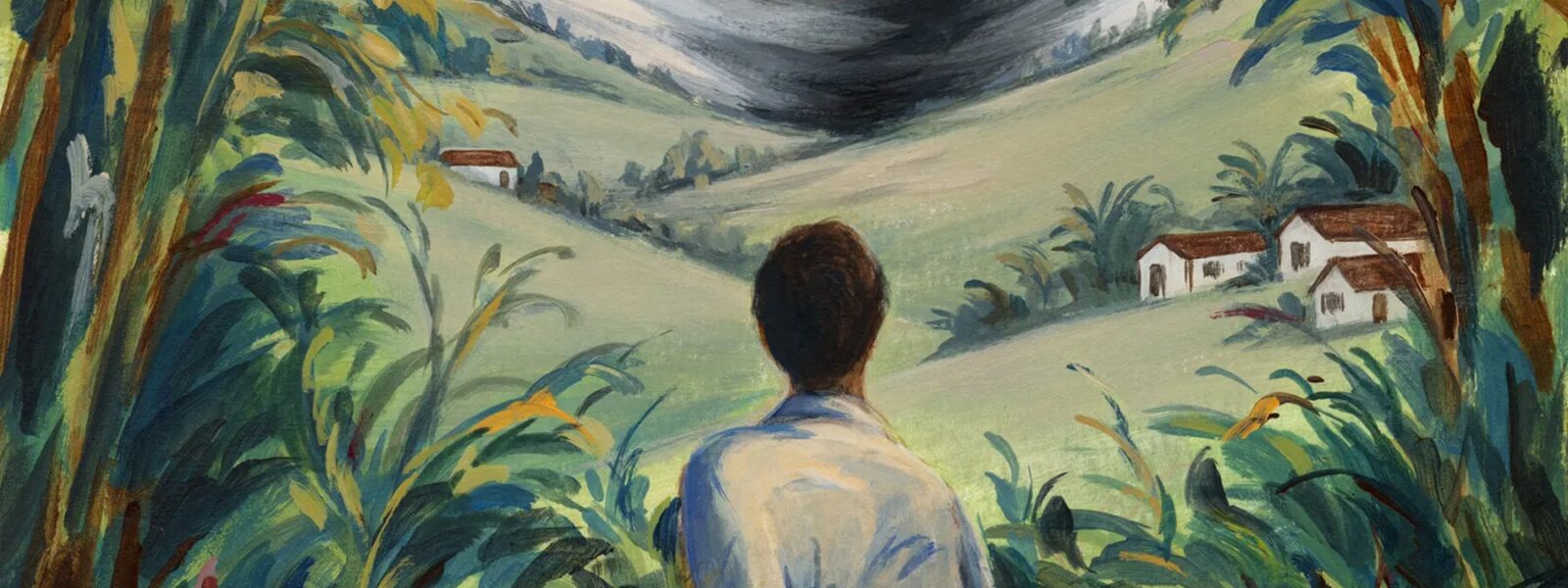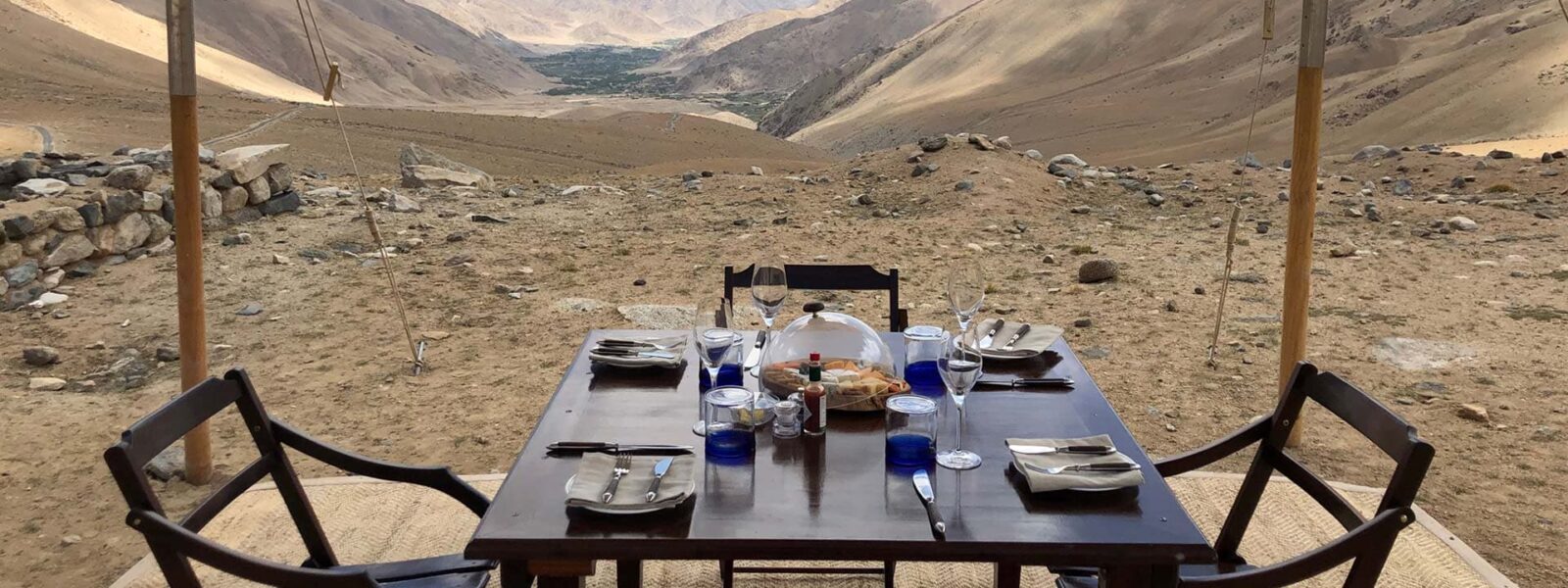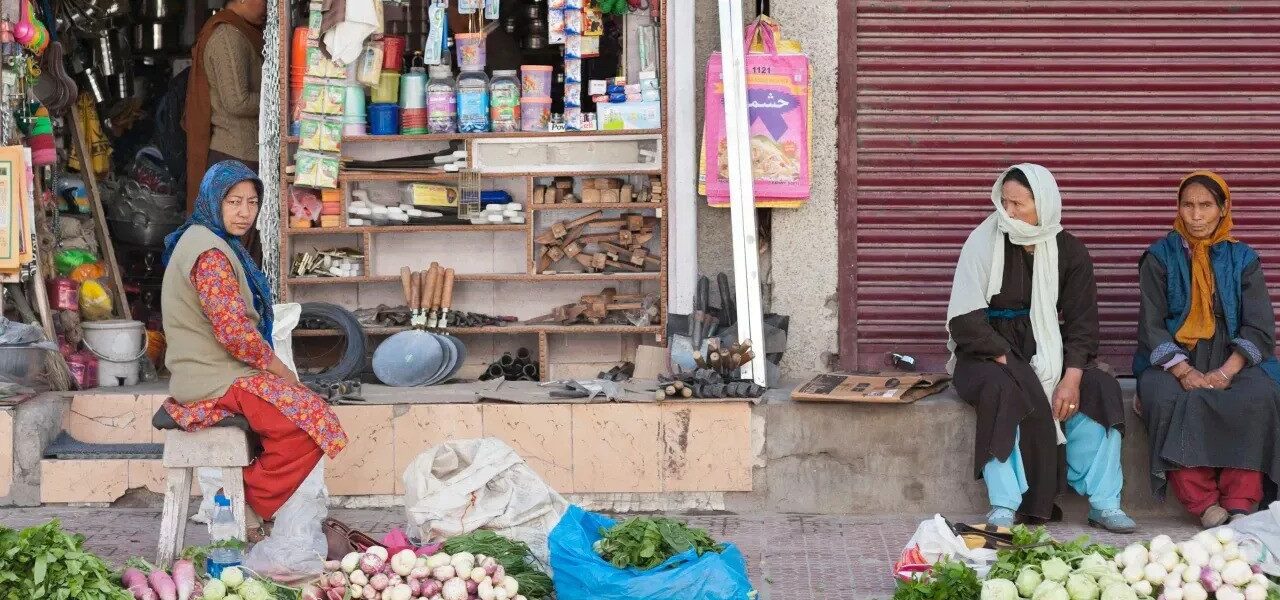This article is part of the 4-page series:
- Ladakh Travel Guide 2025: Explore the Hidden Gem of the Indian Himalayas
- How to Reach & Explore Ladakh in 2025
- Top Places, Culture & Itineraries in Ladakh 2025
- Staying Smart & Traveling Responsibly in Ladakh
Use the links above to navigate through the complete Ladakh Travel Guide for 2025.
Top Places to Visit in Ladakh (2025 Edition)
From ancient monasteries clinging to cliffs to surreal high-altitude lakes reflecting the sky, Ladakh is a treasure chest of destinations that blend natural beauty with cultural depth. In this section, we highlight the must-visit places for your Ladakh trip in 2025 — each location offering a unique slice of this high Himalayan world.
🌊 Pangong Lake
Arguably the most iconic destination in Ladakh, Pangong Tso stretches across India and China, changing color with the sky — from deep blue to turquoise to silver. Located at 4,350 meters, it’s best visited between May and October. Overnight stays are possible in campsites at Spangmik and Merak, though conditions are basic. The drive from Leh takes about 5-6 hours and passes through Chang La, one of the world’s highest motorable roads.
🏜 Nubra Valley
Once part of the ancient Silk Route, Nubra Valley is known for its sand dunes, double-humped Bactrian camels, and the meeting of Buddhist and Muslim cultures. The journey from Leh crosses Khardung La Pass (5,359m) and descends into a fertile valley split by the Shyok and Nubra rivers. Highlights include:
- Hunder Sand Dunes
- Diskit Monastery with its massive Buddha statue
- The picturesque Balti village of Turtuk near the Pakistan border
- Natural hot springs in Panamik
🏞 Tso Moriri Lake
Less visited and more serene than Pangong, Tso Moriri sits at 4,522 meters in the Changthang region. Surrounded by snow-capped peaks and inhabited by migratory birds, this lake is perfect for travelers seeking solitude and raw nature. Karzok village offers basic accommodation, and the route via Chumathang is known for geothermal springs.
⛩ Lamayuru Monastery and Moonland
One of the oldest and most mystical monasteries in Ladakh, Lamayuru is often called the “Moonland” due to its strange, cratered terrain. The monastery itself offers panoramic views and hosts colorful annual festivals. Located on the Leh–Kargil highway, it’s a perfect cultural stop during westward journeys.
🏔 Zanskar Valley
Zanskar is Ladakh’s wild frontier — remote, rugged, and spectacular. The valley is famous for frozen winter treks, summer rafting, and dramatic landscapes. Villages like Padum and Phugtal are isolated gems, accessible via newly improved roads or trekking routes. In 2025, infrastructure is improving, but this area still retains an off-the-grid charm.
🏙 Leh Town and Around
The capital of Ladakh, Leh is your arrival point and acclimatization base. Don’t miss:
- Leh Palace — a 17th-century royal residence
- Shanti Stupa — best at sunrise or sunset
- Main Bazaar — for local handicrafts and souvenirs
- Monasteries like Spituk, Thiksey, and Hemis
Leh also offers cafes, bakeries, trekking agencies, and the region’s most reliable connectivity and medical facilities.
🌸 Sham Valley (Lower Ladakh)
Often called “Ladakh in Miniature,” the Sham Valley offers a lighter altitude experience with rich culture and history. Popular for day hikes and home stays, key spots include:
- Alchi Monastery — known for its ancient wall paintings
- Likir Monastery — with a large outdoor Buddha statue
- Basgo and Saspol — historic fort ruins and cave murals
🕌 Kargil and the Suru Valley
Far less visited but deeply rewarding, Kargil is a melting pot of Shia, Sunni, and Buddhist cultures. The nearby Suru Valley is lush, dotted with apricot orchards and set against towering peaks like Nun Kun. Travelers can explore traditional villages, abandoned forts, and serene riverside guesthouses. In 2025, Kargil is rising as a cultural and adventure hub, especially for those seeking unexplored corners of Ladakh.
🌄 Bonus: Offbeat Treasures
If you’re an explorer at heart, consider adding these to your 2025 itinerary:
- Hanle — for India’s highest astronomical observatory
- Demchok and Chushul — remote regions with restricted access
- Uleytokpo — ideal for peaceful eco-resorts and stargazing
- Temisgam and Tia — ancient villages with rich heritage
Whether you’re chasing high passes or meditating in a gompa, Ladakh’s destinations offer something for every kind of traveler. In the next section, we’ll explore the cultural pulse of Ladakh — its monasteries, festivals, and daily rhythms that bring the landscape to life.
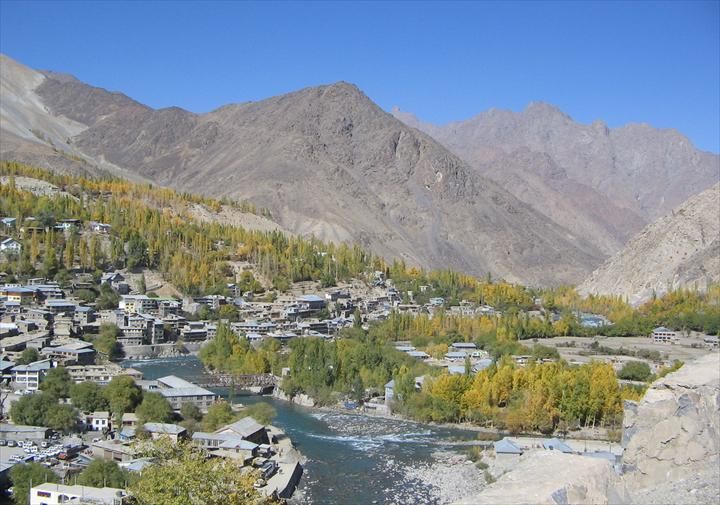
Unique Cultural Experiences in Ladakh
Ladakh is more than a destination of towering peaks and high-altitude passes. It is a living, breathing cultural landscape shaped by centuries of spiritual practice, artistic expression, and seasonal rhythms. Whether you’re attending a masked dance at a mountaintop monastery or sipping butter tea in a remote village, Ladakh invites you to step into its soul.
🙏 Explore Ladakh’s Monastic Heritage
Monasteries — or gompas — are the heart of Ladakh’s spiritual identity. Built on dramatic cliffsides or nestled in remote valleys, they are more than just tourist attractions; they are active centers of prayer, learning, and community.
- Hemis Monastery – Ladakh’s largest monastery, famous for its vibrant annual festival.
- Thiksey Monastery – Resembling Tibet’s Potala Palace, it houses a striking 15-meter-high Maitreya Buddha.
- Alchi Monastery – Known for 11th-century Kashmiri-influenced wall paintings and wooden carvings.
- Lamayuru Monastery – One of the oldest in Ladakh, surrounded by the surreal landscape of “Moonland.”
Visit early in the morning to witness monks chanting prayers and spinning prayer wheels in rhythm with the rising sun.
🎭 Attend a Traditional Ladakhi Festival
If your journey aligns with festival season, don’t miss the chance to witness Ladakh’s cultural vibrancy in full color. These festivals blend spirituality, music, and masked dance into unforgettable spectacles:
- Hemis Festival (June) – A two-day celebration honoring Guru Padmasambhava, featuring ritual Cham dances and colorful costumes.
- Phyang Tsedup – Held in July or August, this festival at Phyang Monastery includes folk music, chanting, and storytelling through dance.
- Losar (Ladakhi New Year) – Celebrated in December or January, this intimate festival is full of offerings, family gatherings, and winter rituals.
Visitors are welcome — just remember to observe respectfully and follow local etiquette when attending.
🏡 Experience Village Life with a Ladakhi Homestay
To truly understand Ladakh, live like a Ladakhi. Staying in a traditional homestay lets you experience local hospitality, taste home-cooked meals, and learn about agricultural practices, Buddhist customs, and family life in the mountains.
Villages like Phyang, Uleytokpo, Turtuk, Temisgam and Karzok offer excellent homestay networks. Wake up to the sound of yaks, help with barley harvesting, or join a family prayer session. It’s a way of traveling that’s slow, grounding, and deeply enriching.
🍲 Taste Traditional Ladakhi Cuisine
Ladakhi food is simple yet nourishing — designed for the cold, dry climate of the region. Staples include barley, yak dairy, and root vegetables, often flavored with local herbs.
- Thukpa – Hearty noodle soup with vegetables or meat.
- Skyu – Doughy pasta stew, slow-cooked with potatoes and carrots.
- Chhutagi – Bow-tie shaped pasta in a thick vegetable broth.
- Butter Tea (Gur Gur Cha) – Salty, fatty, and warming — an acquired but essential taste of Ladakh.
Try local meals at monastery kitchens, village homestays, or traditional restaurants in Leh.
🧘♀️ Participate in a Meditation or Spiritual Retreat
Ladakh’s silence is one of its most powerful features. Monasteries and meditation centers occasionally open their doors to visitors seeking deeper spiritual practice. One-day and multi-day retreats are available in locations such as Hemis Shukpachan or the Mahabodhi Centre near Leh.
Even without a formal program, simply sitting still in the crisp air of the mountains can be meditative. It’s not about retreating from the world — it’s about connecting to it more deeply.
🌍 Culture with Care
When engaging with Ladakh’s cultural life, do so with respect and curiosity. Learn a few phrases in Ladakhi or Hindi, ask permission before taking photographs, and offer small tokens of gratitude when welcomed into someone’s home.
In Ladakh, you are not just a tourist. You are a guest in a living tradition. Treat it with reverence, and you will take home something far richer than any souvenir.
In the next section, we’ll help you design your perfect journey through the region with sample itineraries — whether you have 5, 10, or 14 days to explore this mountain world.
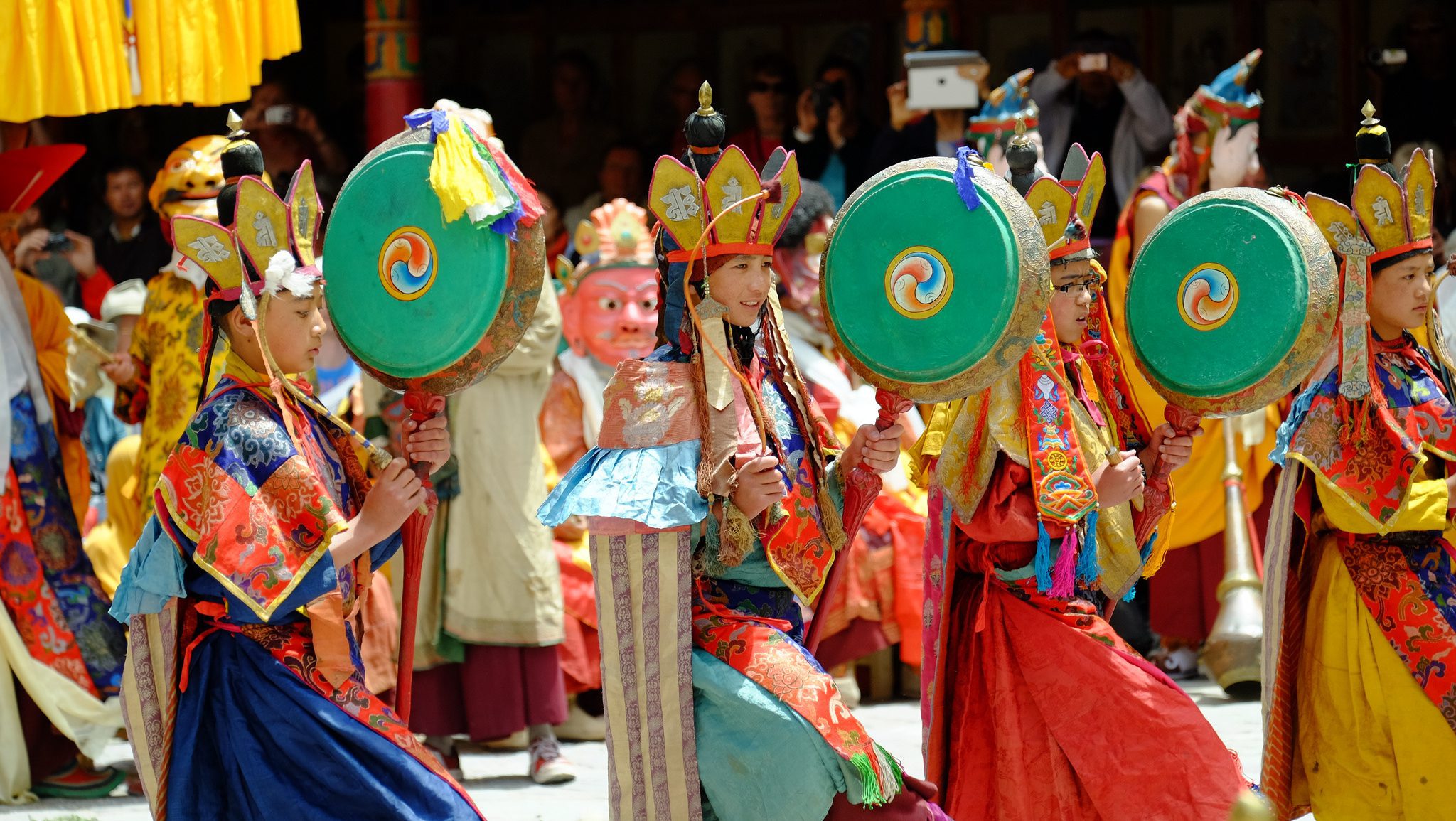
Recommended Ladakh Itineraries for 2025
Planning your journey through Ladakh can feel overwhelming — so many valleys, lakes, monasteries, and high-altitude passes to choose from. But whether you’re here for a short adventure or a slow, immersive exploration, we’ve crafted sample itineraries tailored to different travel styles and durations. Use these suggestions as a starting point to shape your own unforgettable Himalayan journey.
🗓 5-Day Classic Highlights Itinerary (First-Time Visitors)
Perfect for: Short trip seekers who want to hit the iconic spots around Leh.
- Day 1: Arrive in Leh. Rest and acclimatize. Short walk to Shanti Stupa and Leh Market in the evening.
- Day 2: Explore monasteries near Leh: Shey, Thiksey, and Hemis. Visit Stok Palace if time allows.
- Day 3: Day trip to Pangong Lake via Chang La. Return to Leh by evening.
- Day 4: Visit Magnetic Hill, Sangam (Zanskar-Indus confluence), and Alchi Monastery.
- Day 5: Relaxed morning. Fly out from Leh.
🗓 7-Day Ladakh Essentials (Lakes, Valleys & Culture)
Perfect for: Travelers who want a deeper experience without rushing.
- Day 1: Arrive in Leh. Acclimatization day.
- Day 2: Sham Valley tour – Basgo, Likir, Alchi. Stay in Uleytokpo.
- Day 3: Return to Leh. Visit monasteries or Leh Palace en route.
- Day 4: Drive to Nubra Valley via Khardung La. Stay in Hunder or Turtuk.
- Day 5: Explore Diskit Monastery, ride camels in sand dunes, return to Leh.
- Day 6: Day trip to Pangong Lake. Optional overnight stay in Spangmik.
- Day 7: Return to Leh and depart.
🗓 10-Day Scenic Adventure (Ideal for Photographers & Explorers)
Perfect for: Travelers with more time who want offbeat routes and rich landscapes.
- Day 1: Arrive in Leh. Acclimatize, stroll in old town.
- Day 2: Monastery loop: Thiksey, Hemis, Matho. Sunset at Shanti Stupa.
- Day 3: Drive to Nubra. Overnight in Turtuk for cultural immersion.
- Day 4: Return to Hunder. Visit Diskit Monastery, then head back to Leh.
- Day 5: Drive to Pangong Lake. Stay overnight near the shore.
- Day 6: Drive to Tso Moriri via Chushul or return to Leh via Hemis Shukpachan.
- Day 7: Tso Moriri to Leh. Optional stop at Chumathang hot springs.
- Day 8: Sham Valley walk or visit to Phyang Monastery.
- Day 9: Rest day. Café hopping, souvenir shopping in Leh.
- Day 10: Fly out.
🗓 14-Day Slow Travel & Cultural Deep Dive
Perfect for: Travelers interested in local life, culture, and meaningful connections.
- Day 1–2: Leh acclimatization. Attend morning prayers at Thiksey.
- Day 3–4: Stay in a homestay in Phyang or Uleytokpo. Join farming or cooking activities.
- Day 5–6: Drive to Nubra. Visit lesser-known villages like Sumur or Charasa.
- Day 7: Hike to Yarab Tso (sacred lake). Camp in the valley.
- Day 8–9: Drive to Pangong via Agham-Shyok route. Explore lakeside trails.
- Day 10: Take the remote road to Hanle for stargazing and monastery visit.
- Day 11: Stay in Karzok (Tso Moriri). Meet Changpa nomads if possible.
- Day 12–13: Return slowly to Leh via Mahe. Final shopping and café day.
- Day 14: Departure.
📌 Itinerary Planning Tips
- Always include buffer days for acclimatization and unexpected weather.
- Plan clockwise routes (Leh → Nubra → Pangong → Tso Moriri) for better altitude adjustment.
- Check road status in advance — routes like Agham-Shyok or Chushul are seasonal.
- Mix adventure and rest — high altitudes are demanding even if you feel fine.
Up next: once your route is set, you’ll need the right place to stay. From cozy village homestays to eco-lodges under starry skies — let’s explore the best accommodations in Ladakh.
